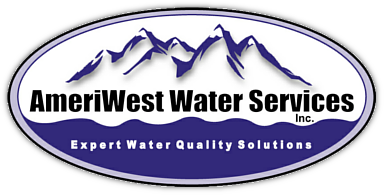Mechanical or Physical Incrustation describes the plugging which occurs when silt and clay size particles in the aquifer move toward the well during pumping. This form of incrustation is less common but can occur where large amounts of these minute particles are found. If debris has filled in the screens it must be bailed out. Be mindful that if physical debris is the only cause of plugging chemical treatment may not be necessary. Silt and clay can also be leftover problems of poor new well construction and development. Rotary drilling with polyaccrilimide bentonite muds can leave blockage in the borehole that will latter cause lower flows in the majority of the screens. During rotary drilling a fluid is circulated in the well to remove the cuttings and hold up the hole. The drilling mud is left built up on the walls of the hole. Good water bearing areas in the well are literally sealed off. Cable tools can have the same effect when the heavy tool is raised and dropped and the mud and fluids are pounded back into the well formation. If left behind during construction, drill mud will cause blockage that results in less area of the screens where water can enter the well. Any water entering the well will be at higher velocities but high water velocities can then cause scale as minerals in the water oxidize and precipitate to block the screens.
Also, when drill mud is left behind, contaminant bacteria can be trapped in the mud formations. These high chain polymers are not biodegradable and are very difficult to remove. The only effective treatment is to flood the well screens and mud with an oxidative process that breaks the polymeric bonds. Chlorine at 1500 mg/ml will break the polymer chains. After successful oxidation, products designed to remove the mud (KlearWell 300 Mud Purge) are very effective on clays muds and silts. Another factor affecting well development during construction of a well is the diameter of the borehole in reference to the outside diameter of the screen. It is hard to influence anything deeper than 4 inches beyond the screens. For example, if there are 4 or more inches of gravel pack between the screens and the borehole, drilling muds cannot be easily removed. The gravel pack may be too thick to allow mechanical cleaning during the development process. Since muds and silts can be forced behind the screens and behind the gravel pack, mechanical force will not be effective in its removal.
Poor well development leads to inefficient wells that experience early clogging and failure. Well drillers in a hurry to move to the next job may be tempted to omit the necessary development and treatment required to get highly efficient wells. Well efficiency is critical to the sustainable long life of a well.
Expert well development is becoming a lost art in the well industry.
